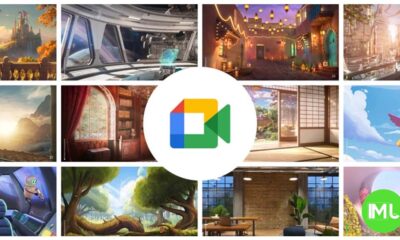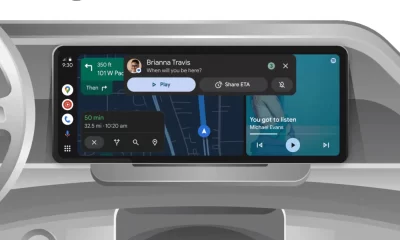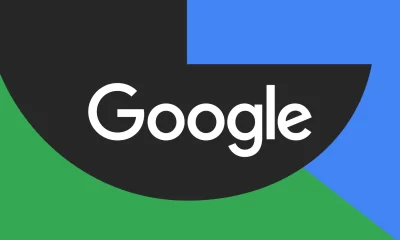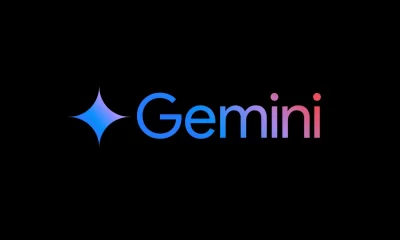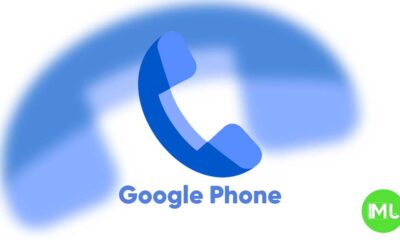Android
Android 16: An early arrival and a glimpse into the future and Eclipsa Audio set to revolutionize audio experiences
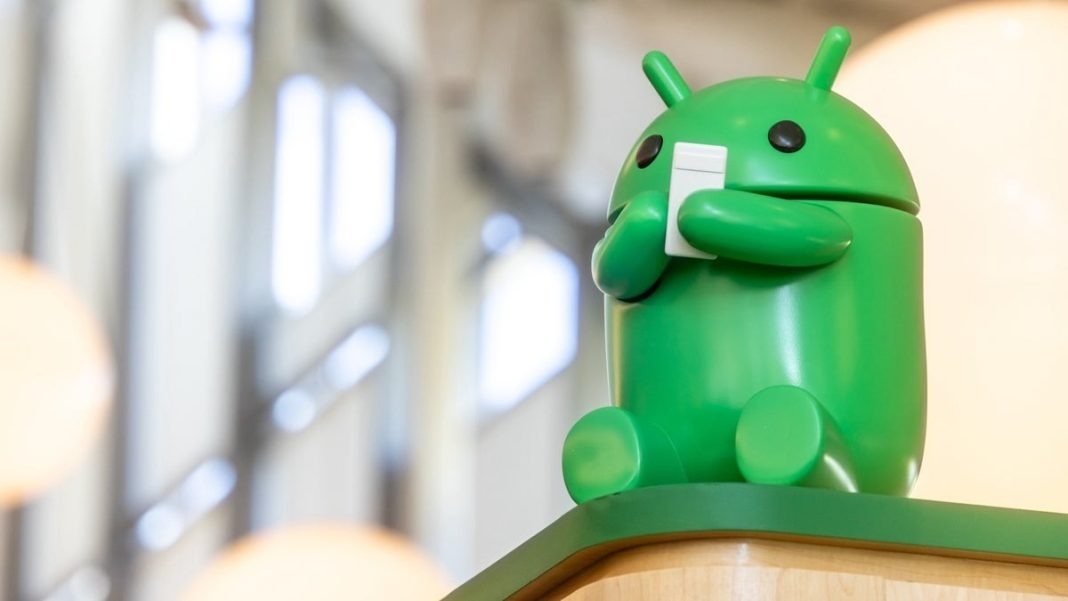
The world of audio is on the cusp of a significant transformation, thanks to a collaborative effort by Google and Samsung. They’ve unveiled Eclipsa Audio, an open-source spatial audio format poised to democratize immersive sound experiences for creators and consumers alike. This isn’t just an incremental improvement; it’s a fundamental shift in how we create and consume audio.
For decades, crafting spatial audio has been the domain of seasoned professionals working in high-budget film and music productions. The tools and expertise required were simply inaccessible to the average creator. Eclipsa Audio aims to change all of that. Built on the foundation of Immersive Audio Model and Formats (IAMF), an audio format developed in conjunction with the Alliance for Open Media (AOM), Eclipsa Audio offers a royalty-free, open standard for anyone to utilize. This means that aspiring musicians, independent filmmakers, and even casual content creators can now easily incorporate rich, three-dimensional audio into their work.
Google’s Open Audio team emphasizes that while spatial audio technology has existed for over half a century, its widespread adoption has been hampered by a lack of accessible tools. Eclipsa Audio directly addresses this challenge by providing freely available tools for creating immersive audio experiences.
This includes an open-source reference renderer for standalone playback, and a Binaural Web Demo Application where users can test their Eclipsa Audio creations directly in their web browsers. Furthermore, Google plans to release a free Eclipsa Audio plugin for the industry-standard AVID Pro Tools Digital Audio Workstation in the spring, further streamlining the creation process for professionals.
The implications of this technology are far-reaching. Imagine experiencing a live concert recording where you can distinctly hear the position of each instrument on the stage, or watching a movie where the sound of rain realistically surrounds you. This level of immersion was previously reserved for high-end setups, but Eclipsa Audio makes it accessible to a wider audience.
YouTube has already announced its support for Eclipsa Audio, paving the way for creators to upload videos with immersive soundscapes. This integration will undoubtedly usher in a new era of online video content, where audio plays an even more crucial role in storytelling. Beyond online platforms, Eclipsa Audio is also making its way into consumer electronics. Samsung’s 2025 TV lineup, including the Crystal UHD series and Neo QLED 8K models, will feature native Eclipsa Audio playback. Google has also confirmed that Chrome will support the format this year, although specific details regarding desktop and mobile support are still forthcoming. Looking ahead, Google anticipates widespread adoption of Eclipsa Audio in TVs and soundbars from various manufacturers later in 2025.
To ensure quality and interoperability, Samsung and Google are establishing a certification and brand licensing program for products supporting Eclipsa Audio. This program will provide assurance to both manufacturers and consumers that devices bearing the Eclipsa Audio logo meet the necessary standards for optimal playback.
Android 16: An Early Arrival and a Glimpse into the Future
In related news, Google is accelerating the release schedule for its next major Android platform upgrade, Android 16. The first developer preview arrived earlier than usual last November, followed by another preview build. Beta testing is expected to commence soon, and while official release dates haven’t been formally announced, a slip-up on the Android Gerrit may have revealed some key information.
According to the official Android 16 release timeline, beta testing will begin this month, with subsequent beta releases planned for February and March. However, a comment spotted by an Android enthusiast on the Android Gerrit suggests more specific dates. The comment indicates that Android 16 Beta 3 will be released on March 12th. The same comment also mentions January 22nd and February 19th, which could potentially be the release dates for Beta 1 and Beta 2, respectively.
The release of Beta 3 signifies a crucial milestone known as Platform Stability. This means that the core APIs and behaviors of the operating system are finalized, allowing developers to begin preparing their apps for the stable release. Following Beta 3, Google may release additional beta builds in April and May for final testing and refinement. The stable version of Android 16 is expected to be released to AOSP and Pixel devices in the second quarter of 2025.
Android 16 is anticipated to bring a host of new features and improvements to the Android ecosystem. While details are still emerging, early leaks and announcements hint at significant changes across various aspects of the operating system.
The convergence of Eclipsa Audio and Android 16 represents a significant leap forward in mobile technology. The combination of immersive audio experiences and a refined operating system promises to enhance the way we interact with our devices, ushering in a new era of mobile computing.
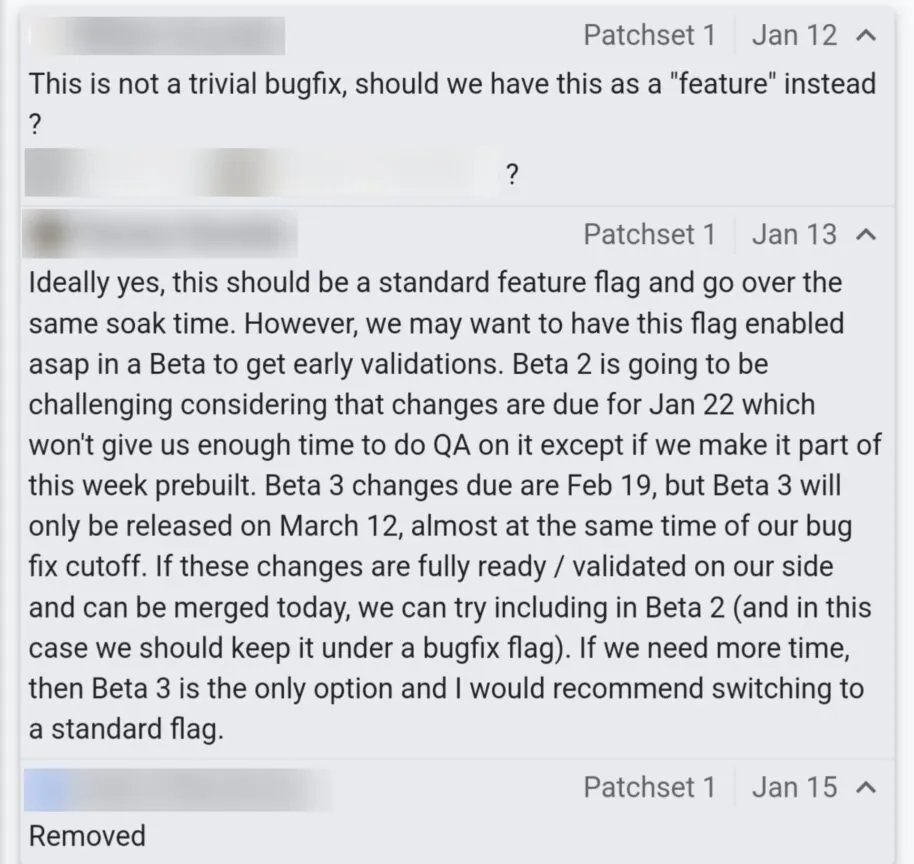
Android
Easy ways to change Android Auto’s look with light and dark themes
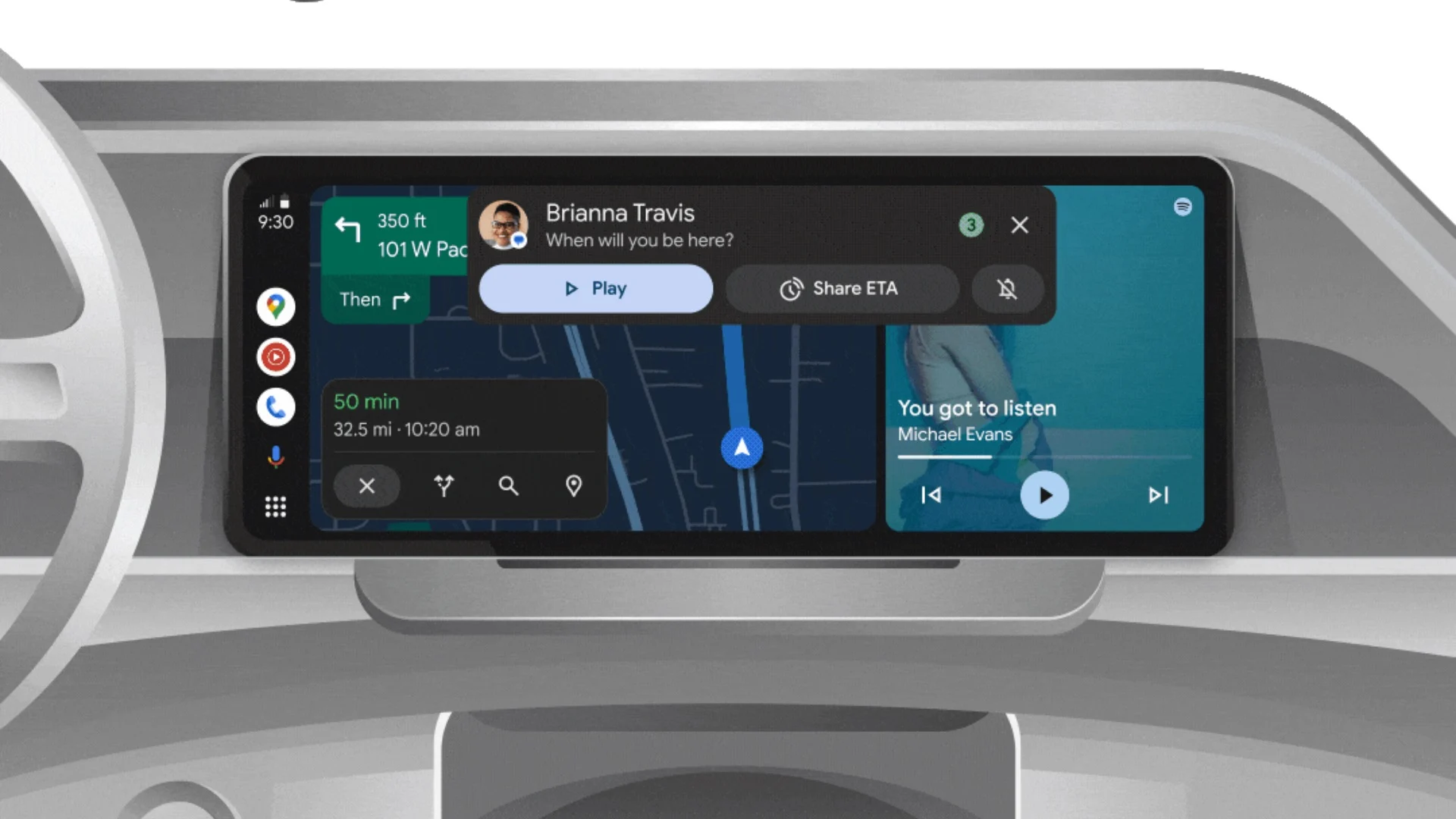
Android Auto is a helpful tool that lets you use your phone’s apps safely while driving. It connects your phone to your car’s screen, making it easier to use maps, music, and calls. One of the features many people like is the ability to change how Android Auto looks by switching between light and dark themes.
How to switch between light and dark themes
Android Auto offers two main themes: light and dark. The light theme uses brighter colors, which can make the screen easier to see during the day. The dark theme uses darker colors, which can be more comfortable for your eyes at night or in low light.
To change the theme, follow these steps:
- Open the Android Auto app on your phone.
- Go to the settings menu.
- Find the “Theme” option.
- Choose between “Light,” “Dark,” or “Set by car” (this lets your car decide the theme based on the time of day or your car’s settings).
Why themes matter
Using the right theme can make driving safer and more comfortable. The light theme is good for bright days, while the dark theme helps reduce glare at night. Having these options means you can pick what works best for you, making Android Auto easier to use in any condition.
In short, Android Auto’s theme options are simple to use and help you drive more safely by making the screen easy to see, no matter the time of day.
Android
Google’s New Updates: Gemini 2.5 Pro, Android 16 features, and Messages change
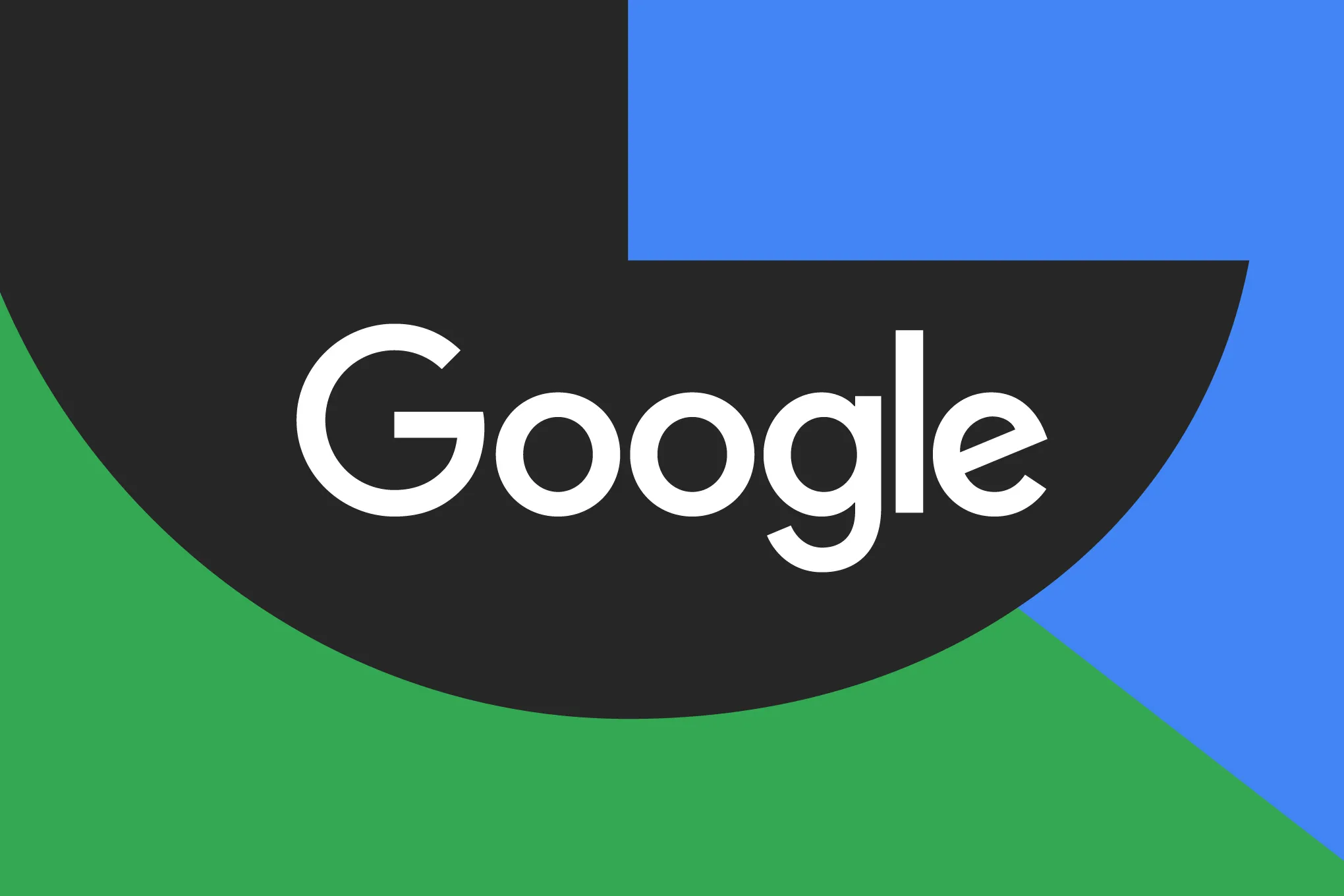
Google has just rolled out some exciting updates across its services and apps. Here’s a simple breakdown of what’s new and what it means for you.
Gemini 2.5 Pro is here
Google has launched Gemini 2.5 Pro, the latest version of its AI model. This upgrade brings smarter and faster responses, making it easier for users to get helpful answers. Gemini 2.5 Pro is now available in Google’s AI Studio and Vertex AI, so developers can build even better tools and apps using this technology.
Android 16 brings more customization
Android 16 is adding new ways to personalize your phone. One of the standout features is the ability to hide the clock on your lock screen, giving you a cleaner look if you want it. This is part of Google’s push to let users make their phones feel more unique. There’s also a new animation for the power button, making the experience smoother and more modern when you turn your phone on or off.
Google Messages removes the unsubscribe button
If you use Google Messages, you might notice that the “Unsubscribe” button is gone from some business messages. Google has removed this feature, so users now have to find other ways to stop unwanted texts. This change might make it a bit harder to manage spam, but Google hasn’t said why the option was removed.
What does this mean for you
These updates show that Google is focused on making its products smarter and more personal. Whether you’re using AI tools, customizing your phone, or managing your messages, you’ll see some changes that aim to improve your experience.
Android
Here’s what’s new with Google Keep and Android Automotive apps

Google Keep is getting a fresh look with the new Material You design, making it more colorful and easier to use on Wear OS smartwatches. The update brings bigger buttons and clearer text, so you can quickly jot down notes or check your lists right from your wrist. This makes Google Keep more handy when you’re on the go and don’t want to pull out your phone.
On another front, Android Automotive is improving how apps show information while you drive. Instead of opening full apps, you’ll see simple cards on your car’s screen that give you important details at a glance.
These cards help keep your focus on the road by showing things like music controls, navigation updates, or reminders without distractions. This new card system is designed to work smoothly with apps like media players and navigation tools, making your driving experience safer and more convenient.
Together, these updates show Google’s effort to make its apps smarter and easier to use in everyday life, whether you’re walking around with your smartwatch or driving your car. The focus is on clear, simple designs that help you get things done quickly without hassle.
In short, Google Keep’s new look on Wear OS and the smart cards in Android Automotive are small but useful changes that make tech fit better into your daily routine.
-
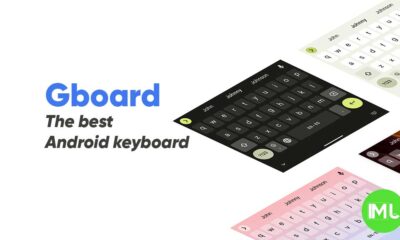
 Apps1 year ago
Apps1 year agoGboard Proofread feature will support selected text
-
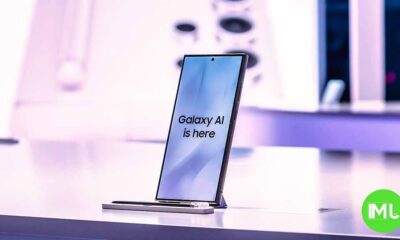
 News1 year ago
News1 year agoSamsung USA crafting One UI 6.1.1
-

 Apps1 year ago
Apps1 year agoGoogle Contacts app testing new Besties Widget
-
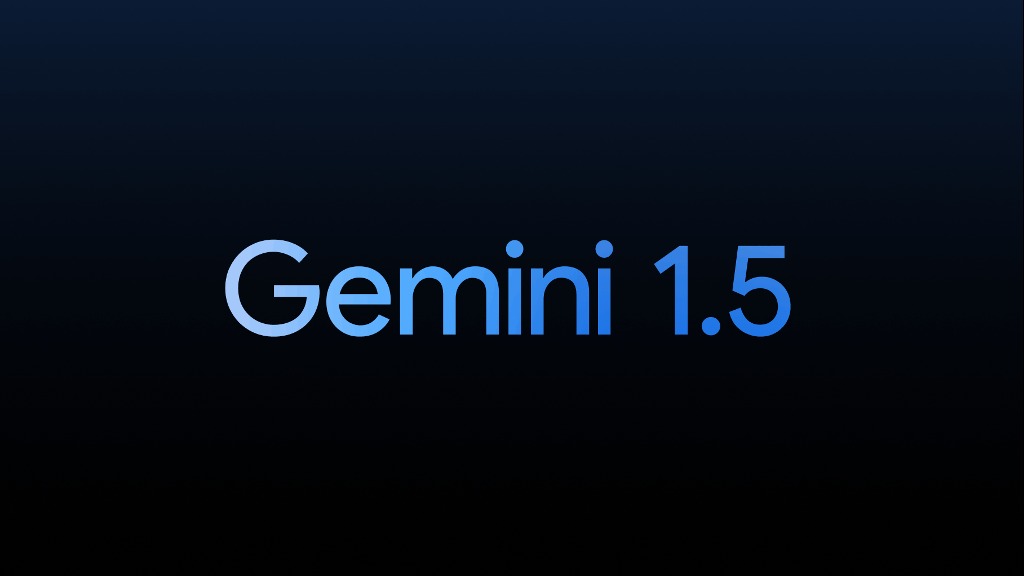
 AI12 months ago
AI12 months agoGoogle Pixel 9 Pro may come with a complimentary one-year Gemini Advanced subscription
-
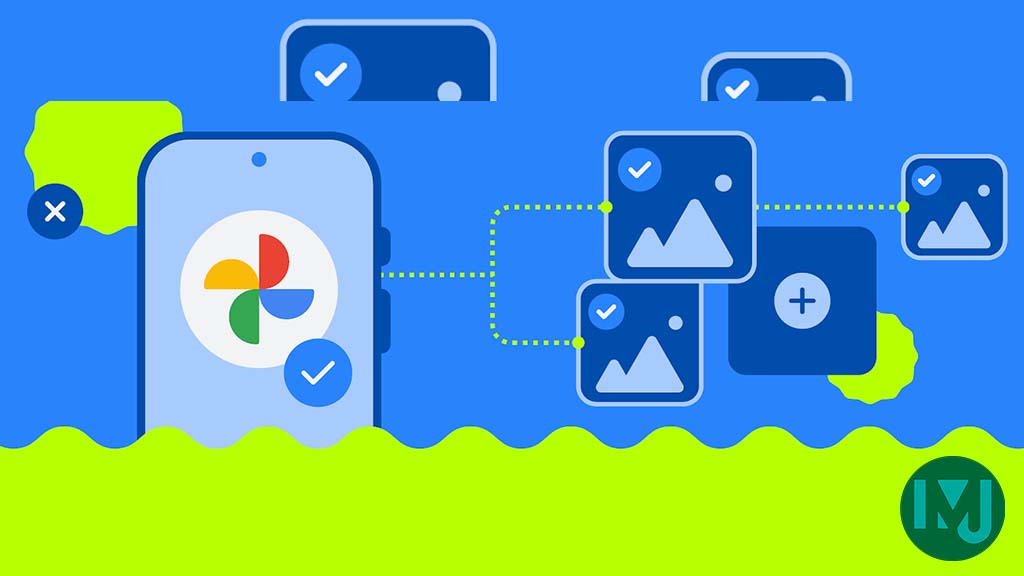
 Apps12 months ago
Apps12 months agoGoogle working on a new video editing feature for its Photo app
-
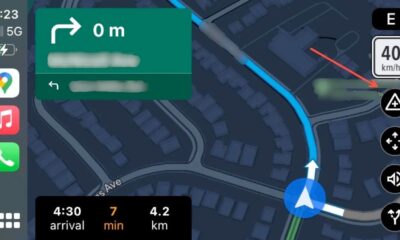
 Apps12 months ago
Apps12 months agoGoogle Maps lets you report traffic jams and accidents on Apple CarPlay, but not on Android Auto
-

 News1 year ago
News1 year agoBreaking: Samsung Galaxy S22 may get Galaxy AI features
-
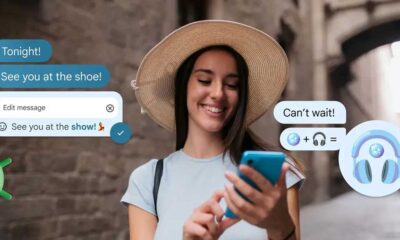
 Apps1 year ago
Apps1 year agoGoogle Messages app will transform MMS chats into RCS

